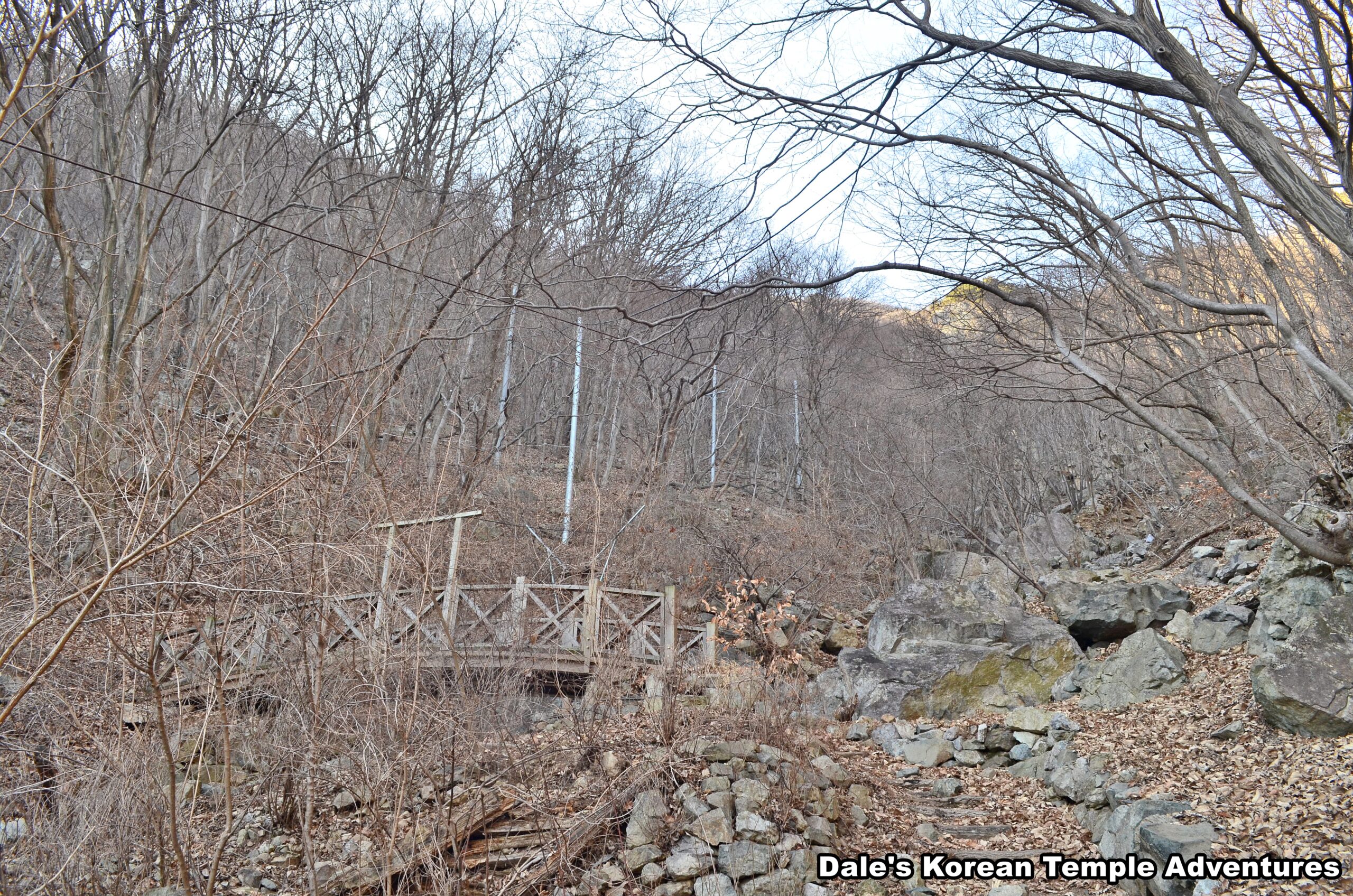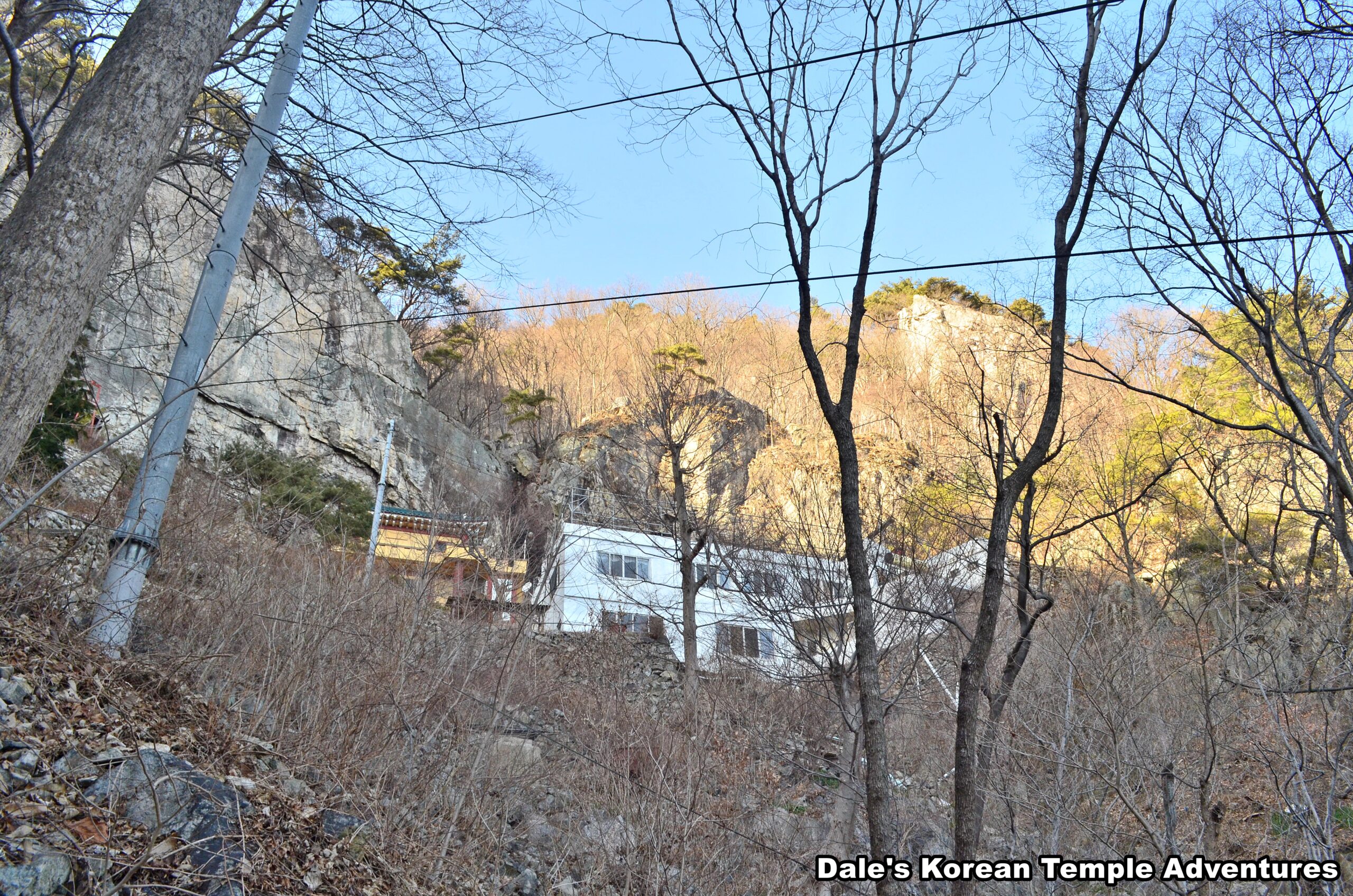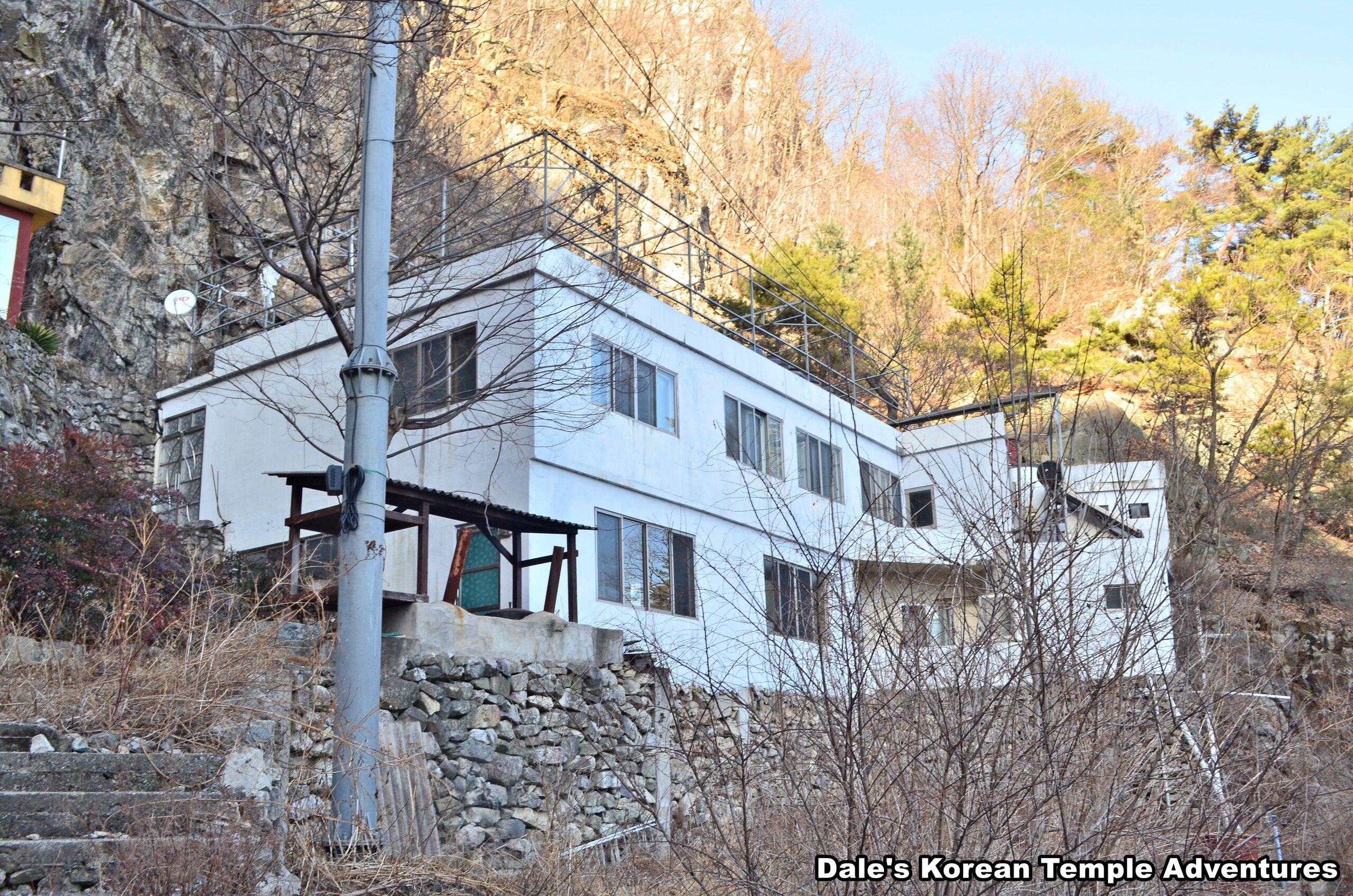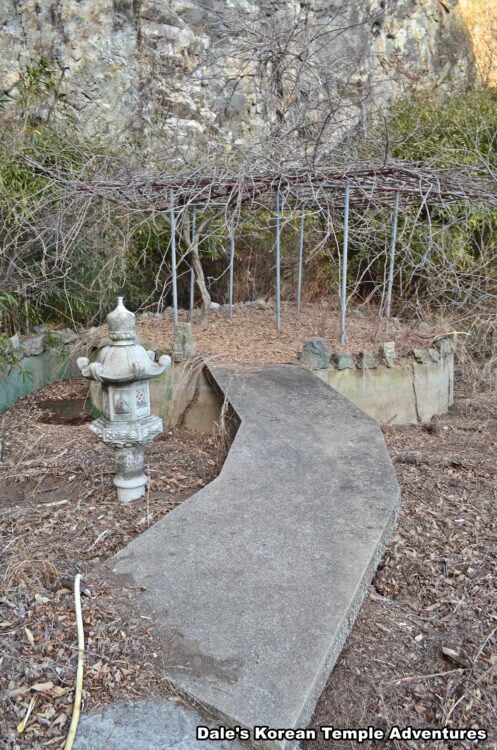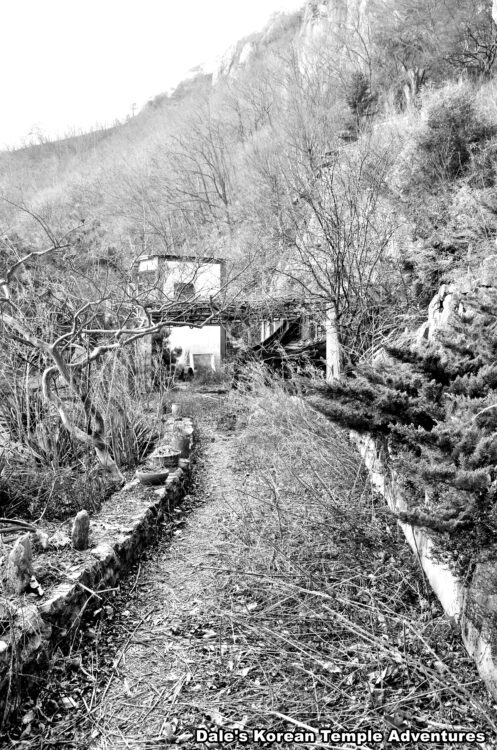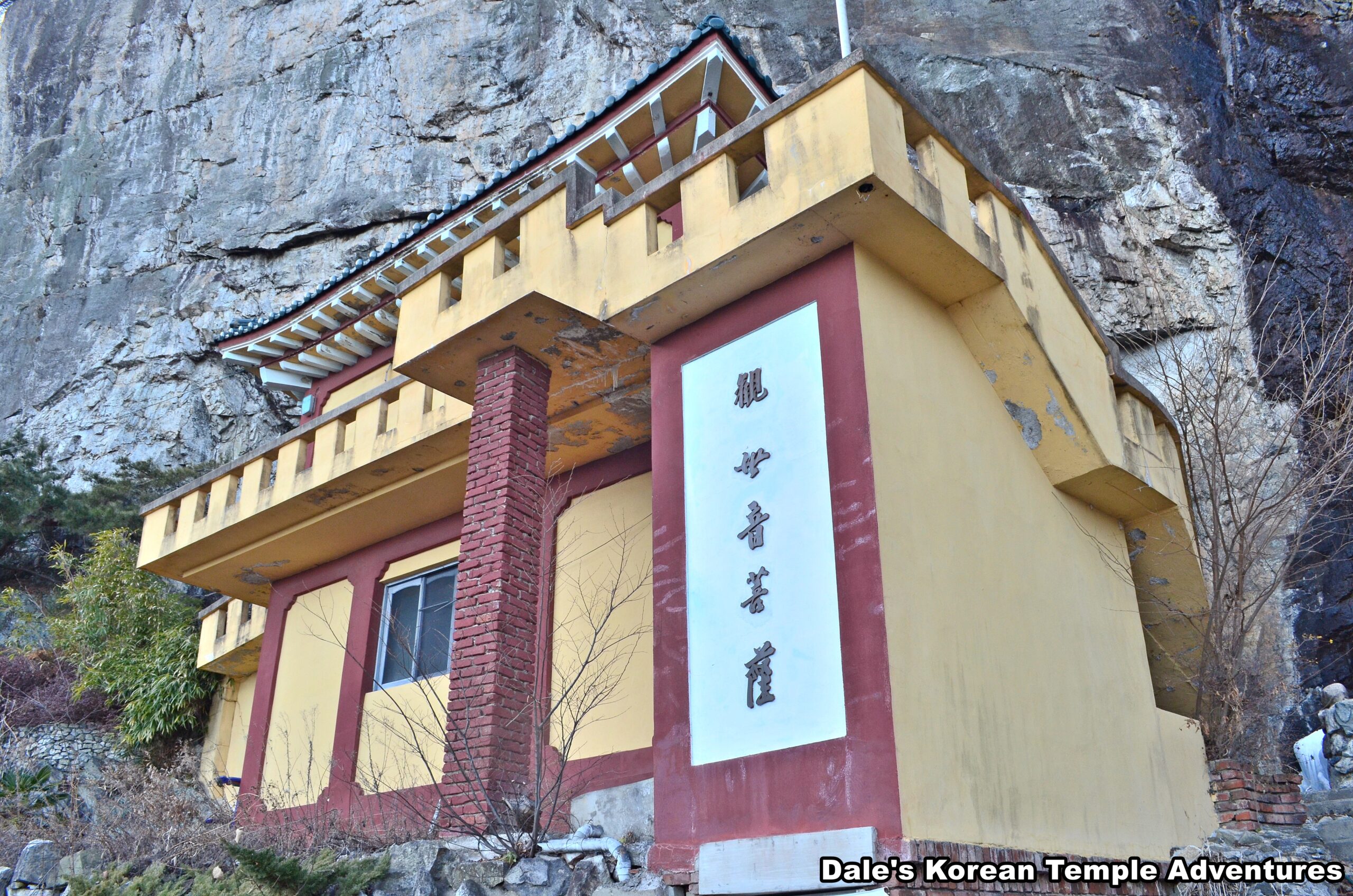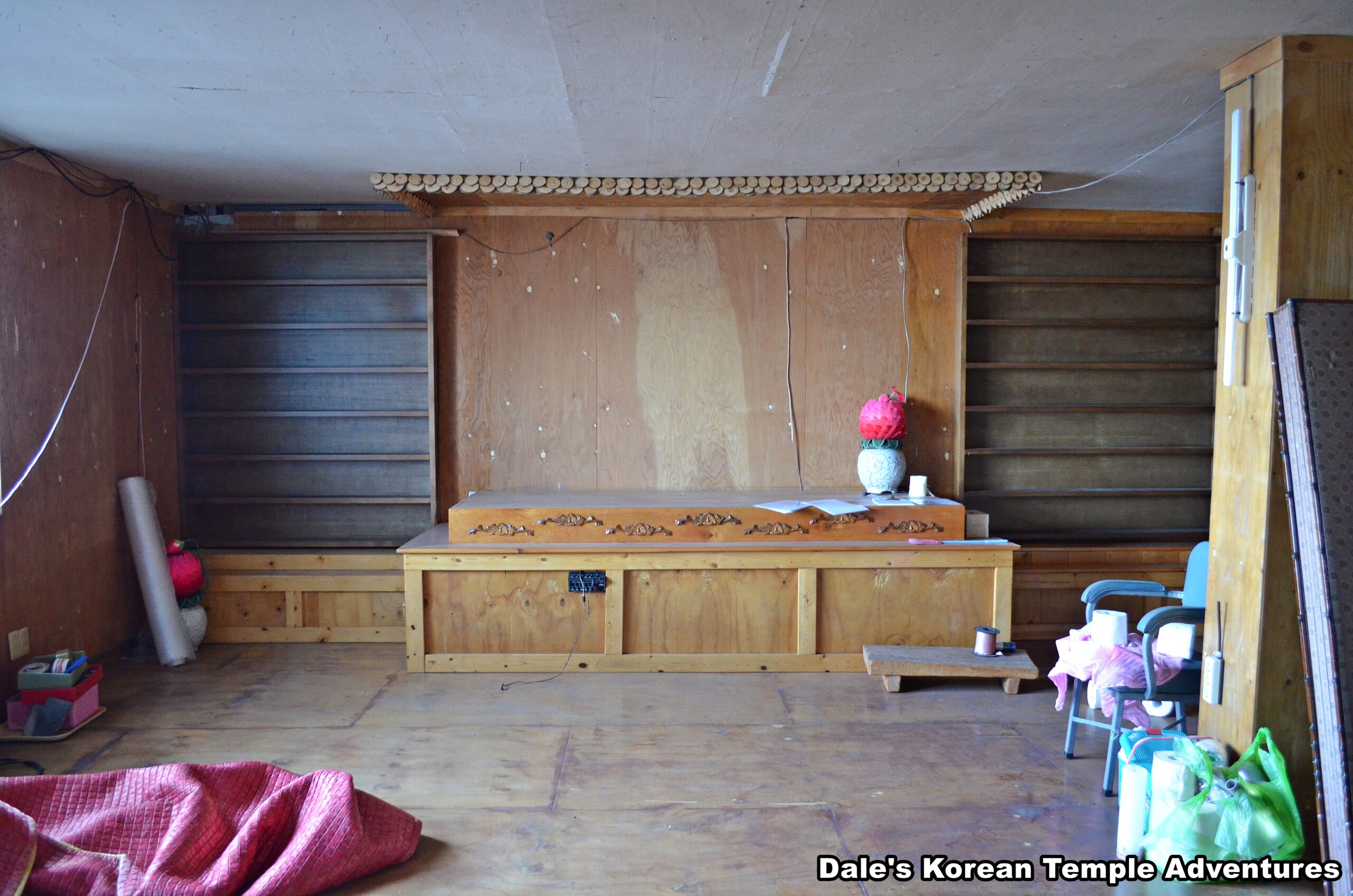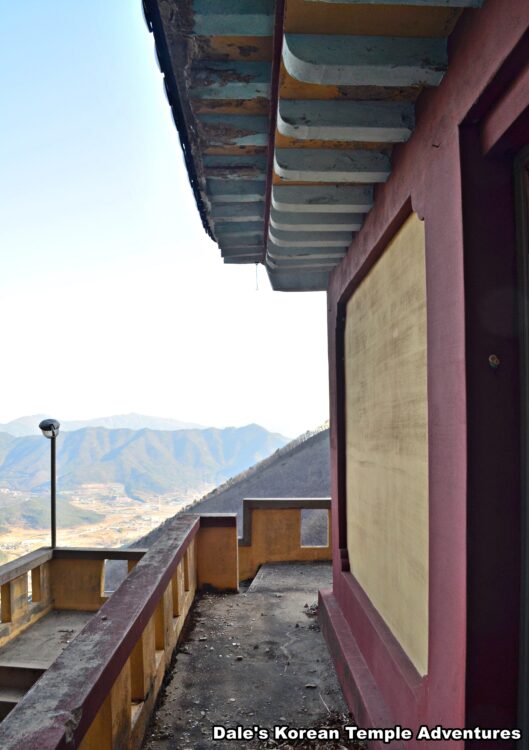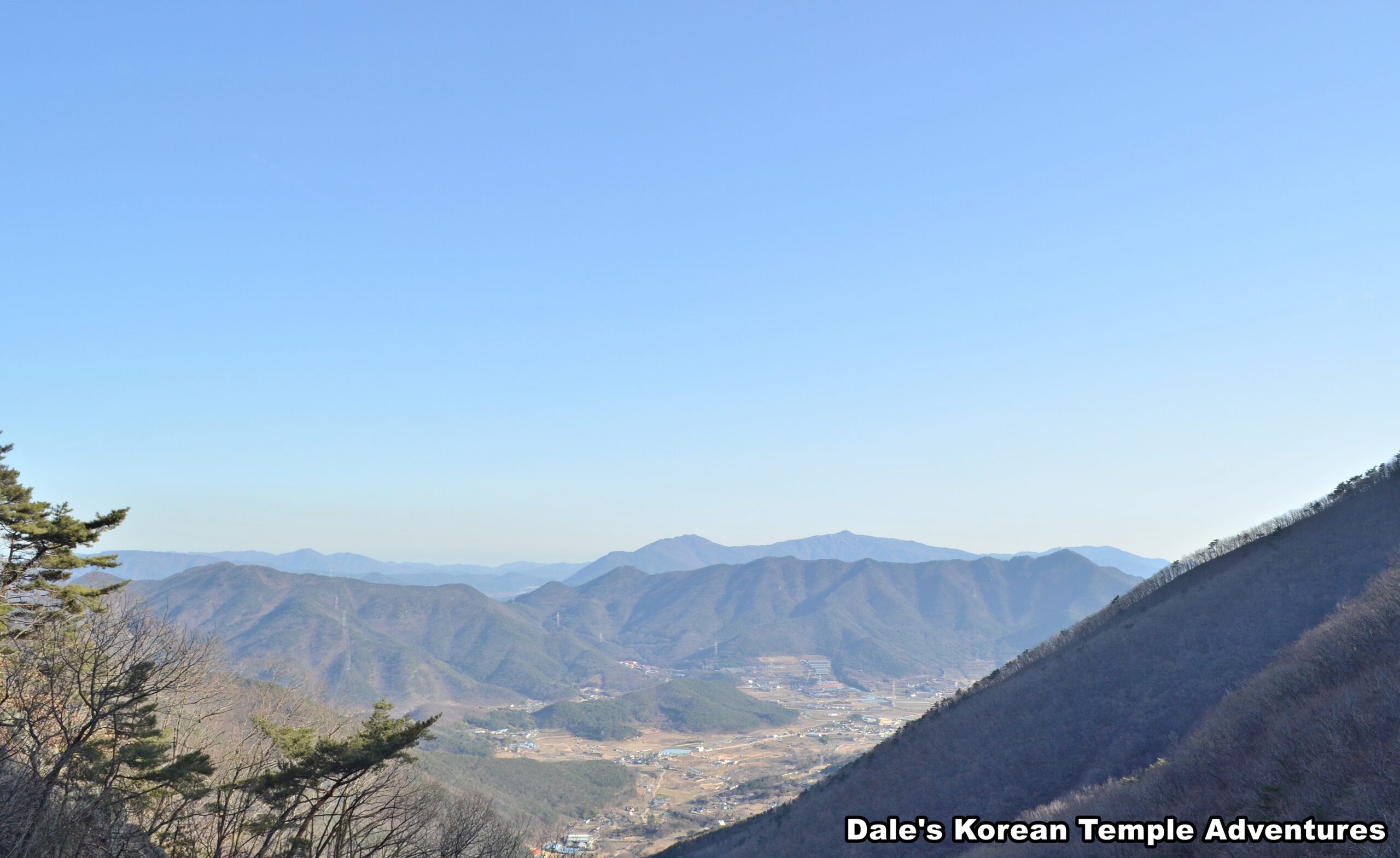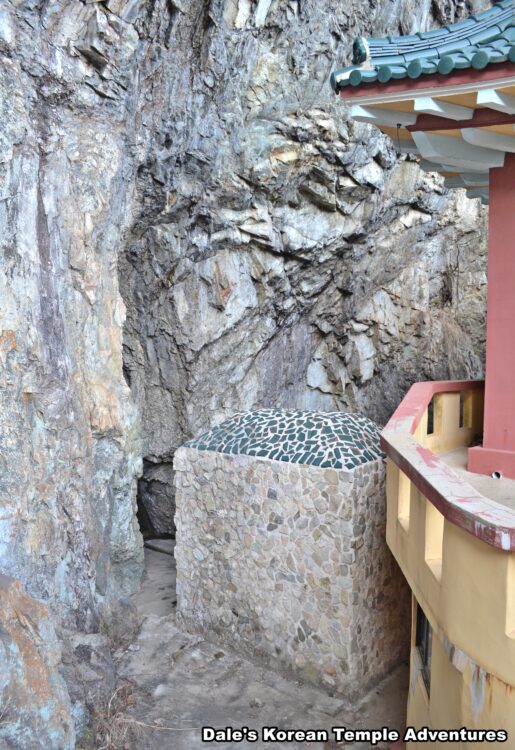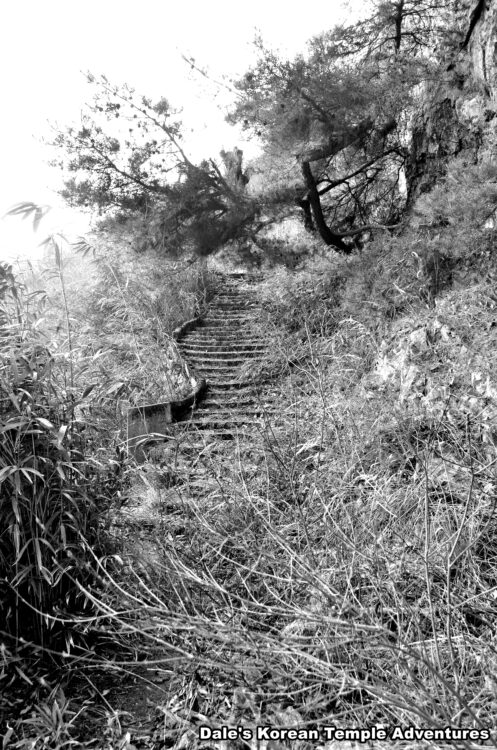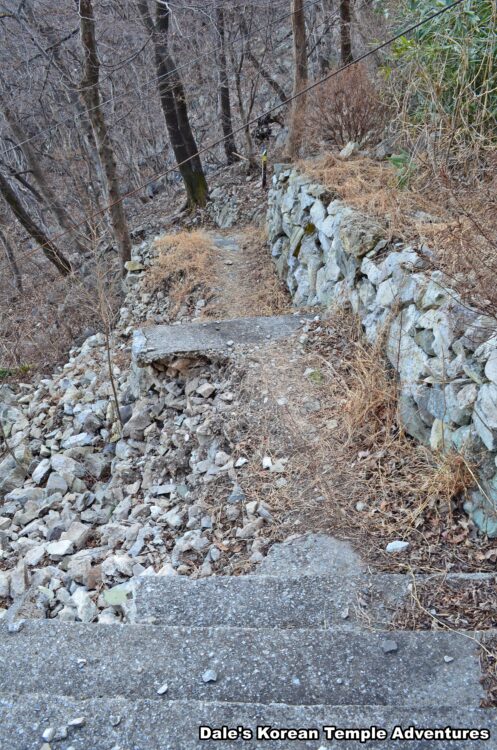Bokcheonjeongsa Temple – 복천정사 (Yangsan, Gyeongsangnam-do)
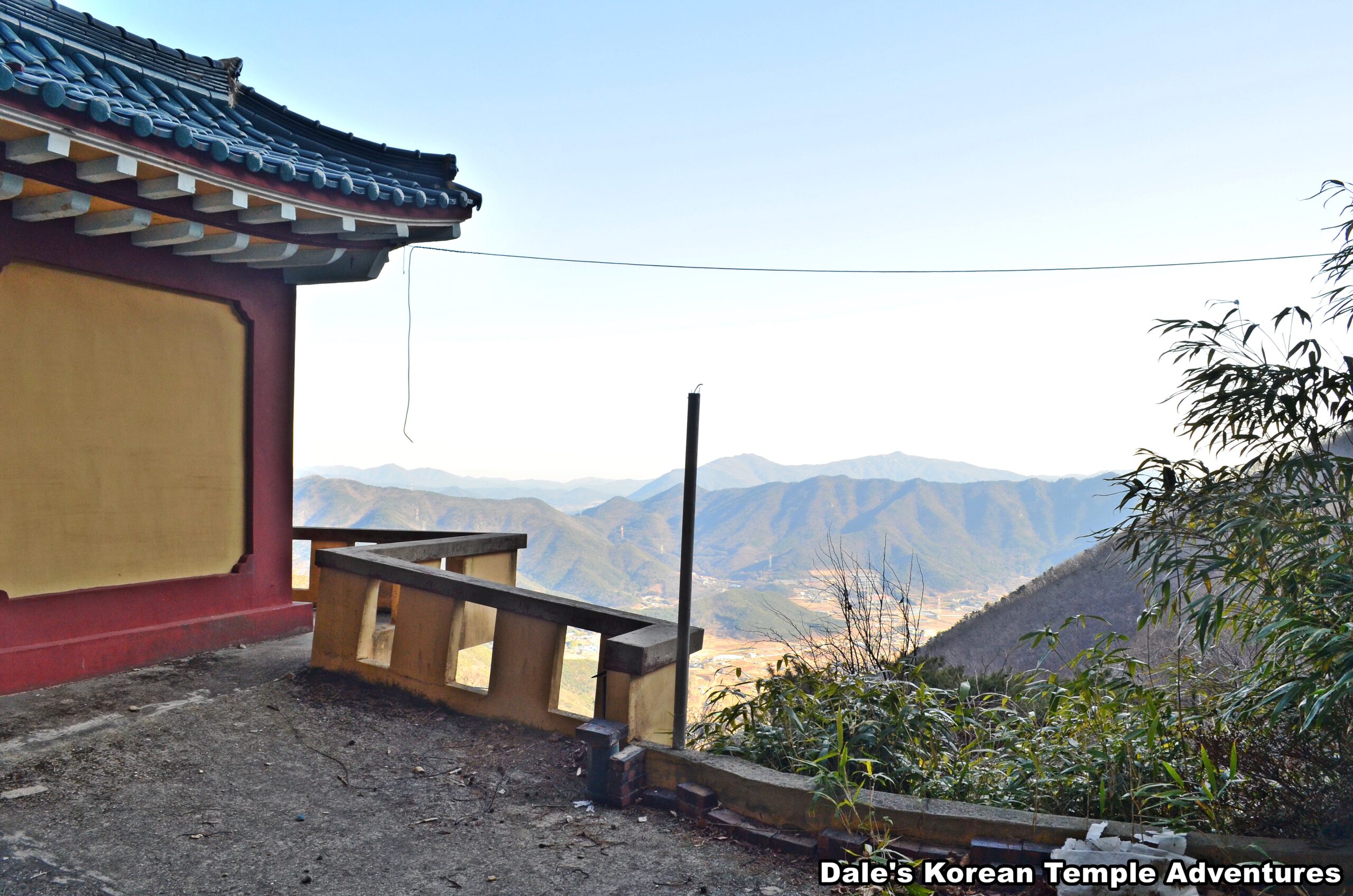
Temple History
It’s not often that you find an abandoned Korean Buddhist temple. When you do, it’s a haunting reminder of the passage of time and that time waits for no one and nothing. In my time in Korea, and during my travels to some five hundred temples, I think I’ve only ever encountered three abandoned Korean Buddhist temples. Bokcheonjeongsa Temple in Yangsan, Gyeongsangnam-do is located high up on Mt. Togoksan (855 m) about two hundred metres below the peak. Bokcheonjeongsa Temple formerly belonged to the Cheontae-jong Order. And the temple appears to have been abandoned some time around 2014, probably with the passing of the head monk at Bokcheonjeongsa Temple. Even with the temple being abandoned, Bokcheonjeongsa Temple has a beautiful and commanding view of the valley below.
Temple Layout
Nature has started to reclaim the land where Bokcheonjeongsa Temple is located, and the very first sign of this reclamation is the overgrown trail and stairs that lead up towards the temple grounds. From where the road recedes and the trailhead begins, you need to hike an additional eight hundred metres to get to the temple grounds. The trail is covered in several spots with fallen leaves and can be quite treacherous and slippery in the thicker spots where the leaves have fallen, so caution is definitely advised.
As recently as seven years ago, Bokcheonjeongsa Temple was a thriving and active temple but, following the passing of the head monk, it became a shell of its former self, with overgrown paths and decaying buildings. Upon arriving at the base of the temple grounds, one gets the sense that they have entered a ghost town with only an eerie collection of abandoned temple shrine halls to greet them. The buildings are starting to fall into disrepair with even some of the windows having been smashed out. You’ll notice this as you stand on the crumbling cement stairs at the entry, as you look towards the discoloured white exterior of the former kitchen to your right and the fading yellow façade of the monks’ quarters to your left.
This is only a taste of things to come at Bokcheonjeongsa Temple. Straight ahead of you stands the two-story main hall. The first floor of the main hall looks to have once been a Geukrak-jeon Hall. With that being said, all of the paintings and statues that were once dedicated to Amita-bul (The Buddha of the Western Paradise) have been removed. In their place is the detritus of a once active temple. The second floor, on the other hand, appears to have once been the temple’s Myeongbu-jeon Hall. Unlike the first floor Geukrak-jeon Hall, the Myeongbu-jeon Hall has a solitary altar mural dedicated to Jijang-bosal (The Bodhisattva of the Afterlife) still hanging; albeit, off-centre, on the main altar. Besides the garbage that has collected in the subsequent years of its abandonment, this is all that remains inside the second floor of the main hall. It’s also from the second story of the modern main hall that you get an amazing view of the valley below.
To the rear of the main hall is the former Yongwang-dang Hall. And next to it is a slow flowing waterfall that collects at the base in a beautiful clear pool of water. To the left of the main hall, and up an incline, are what look to be a collection of temple structures that once included the monks’ dorms.
Throughout the temple grounds, as you travel, you can’t help but be overcome with a certain unease. And this creeping sensation is only enhanced if the weather is overcast. This feeling of unease is in opposition to almost all other Buddhist temples in Korea that exude a feeling of relative calm. This feeling at Bokcheonjeongsa Temple can create a certain sense of emotional conflict of the transitory nature of life and being.
How To Get There
You’ll need to take a taxi from the Mulgeum train station in southern Yangsan, Gyeongsangnam-do. The taxi ride will take about thirty-five minutes, and it’ll cost you 17,000 won (one way). Depending on where the taxi drops you off, it’ll take an additional thirty minutes to hike up the eight hundred metres of hiking trail to get to Bokcheonjeongsa Temple.
Overall Rating: 6/10
The views from Bokcheonjeongsa Temple are second-to-none from the heights of Mt. Togoksan and the second-story of the Myeongbu-jeon Hall. The temple grounds at Bokcheonjeongsa Temple are much larger than I thought, and it must have once been a very beautiful place. But now that it’s been abandoned, and especially if you visit Bokcheonjeongsa Temple during the winter months, it can make for quite the haunting experience. If abandoned temples are your thing, or if you’ve never visited an abandoned Buddhist temple before, Bokcheonjeongsa Temple is the place for you.
